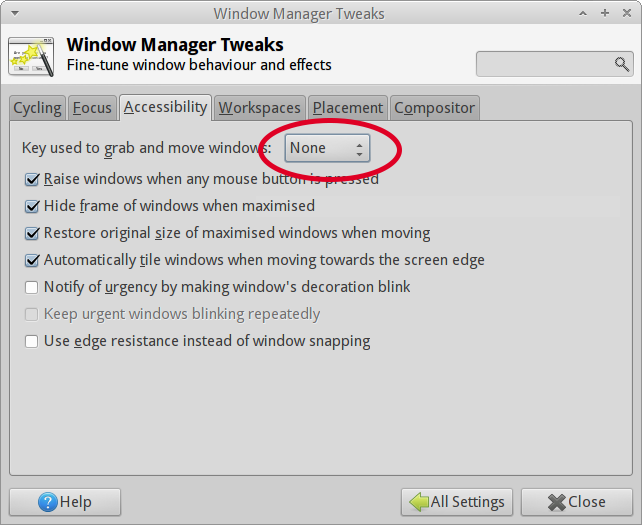You can use FFmpeg (a free command-line tool for Mac, Linux and Windows) to encode WMV to MP4. Here is an example syntax:
ffmpeg -i input.wmv -c:v libx264 -crf 23 -c:a aac -q:a 100 output.mp4
This will encode the video to H.264 video and AAC audio, using the default quality. To change the quality for the video, use a different CRF value, where lower means better, e.g. 20 or 18. For audio, 100% is the default quality. Increase the value for better quality.
For the AppleTV specifically, this is what Apple says it supports:
H.264 video up to 1080p, 30 frames per second, High or Main Profile level 4.0 or lower, Baseline profile level 3.0 or lower with AAC-LC audio up to 160 kbit/s per channel, 48 kHz, stereo audio in .m4v, .mp4, and .mov file formats
So, you could use the following command to force the 30 Hz frame rate and High profile:
ffmpeg -i input.wmv -c:v libx264 -crf 23 -profile:v high -r 30 -c:a aac -q:a 100 -ar 48000 output.mp4




